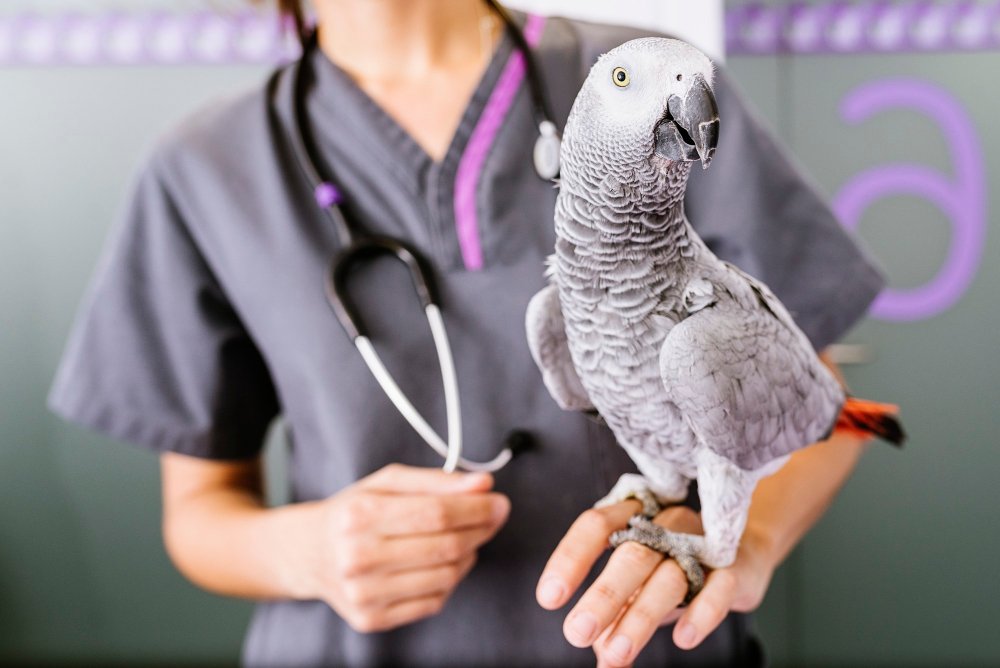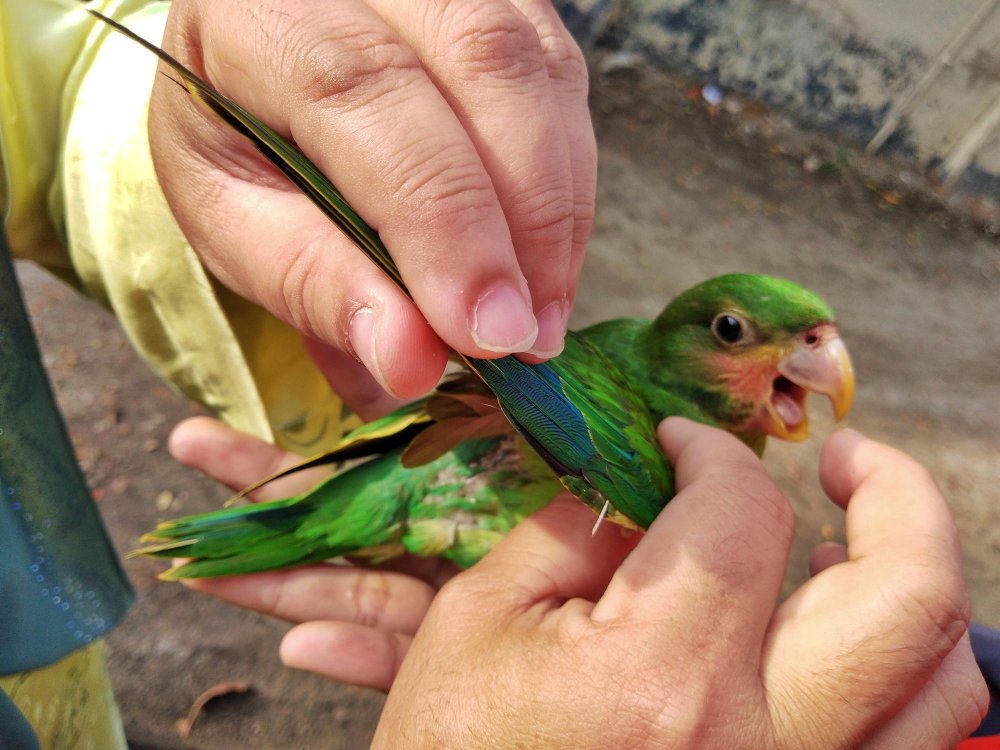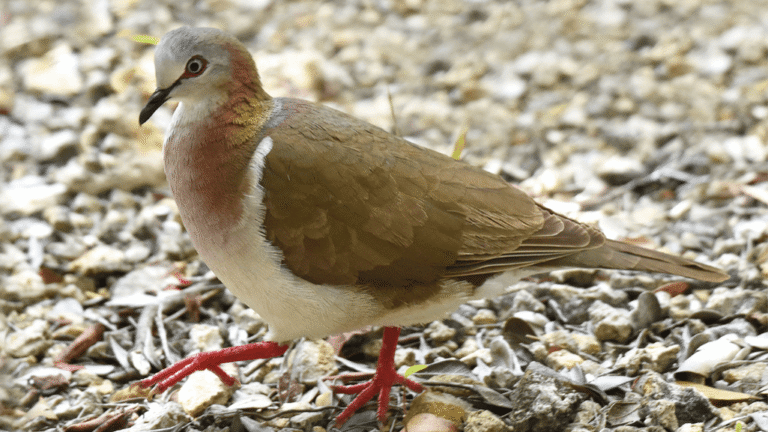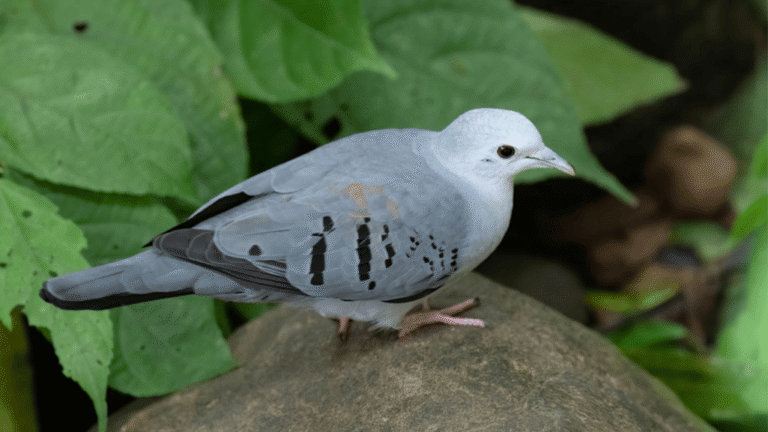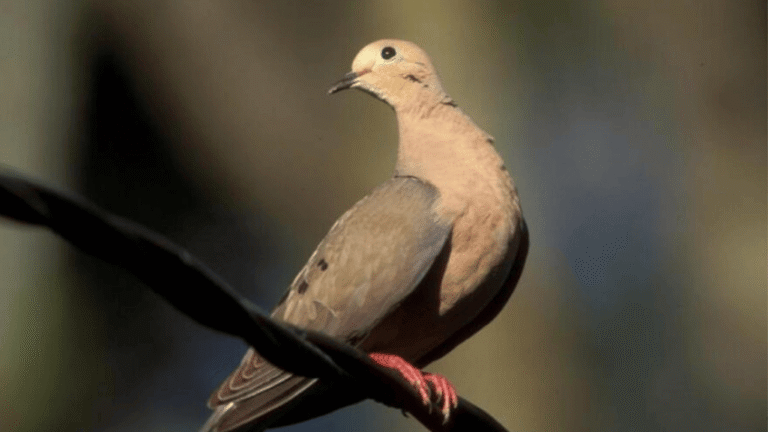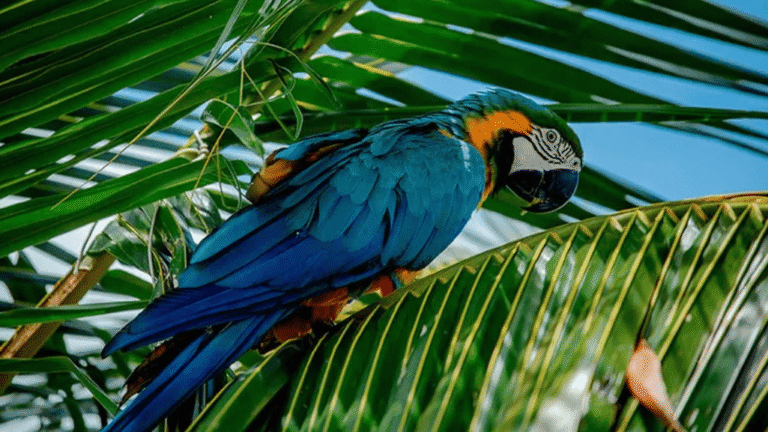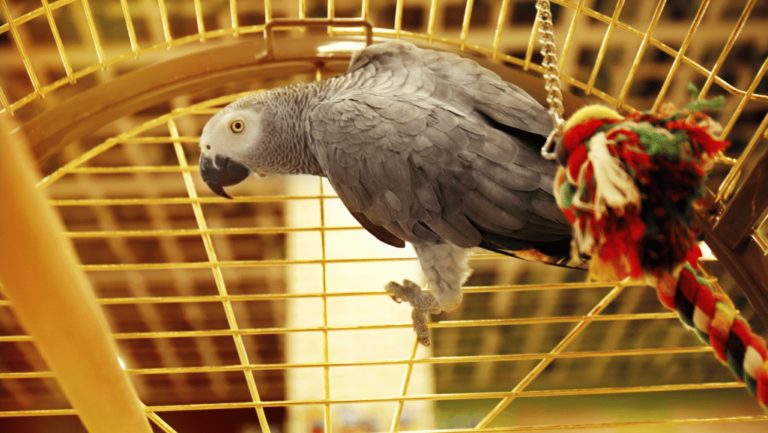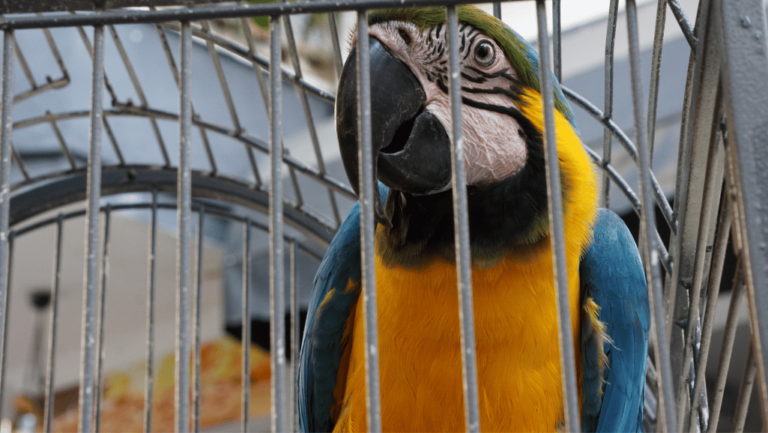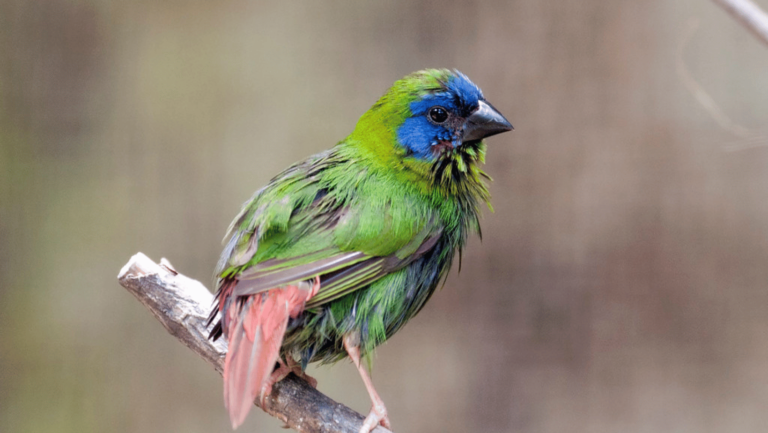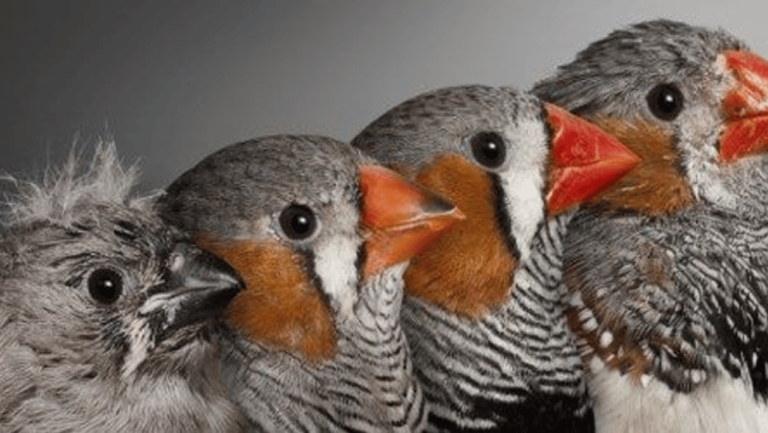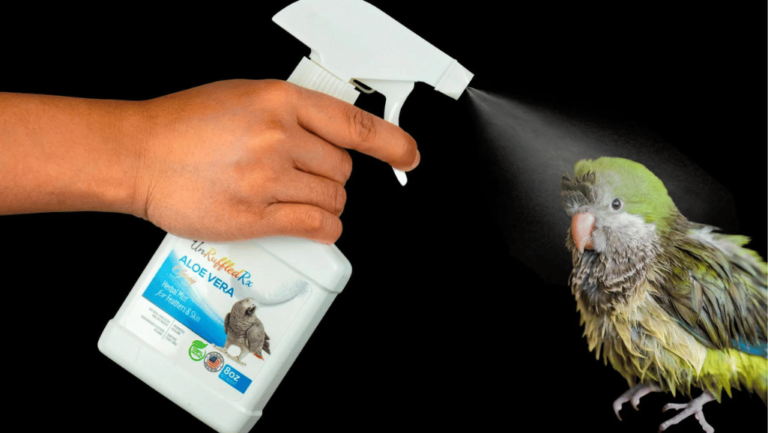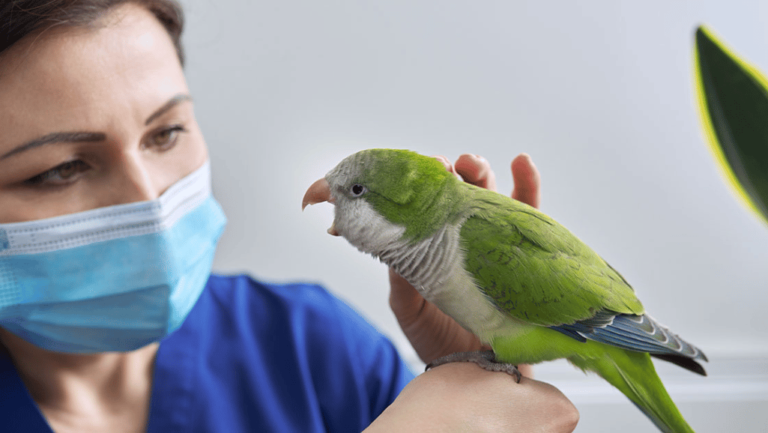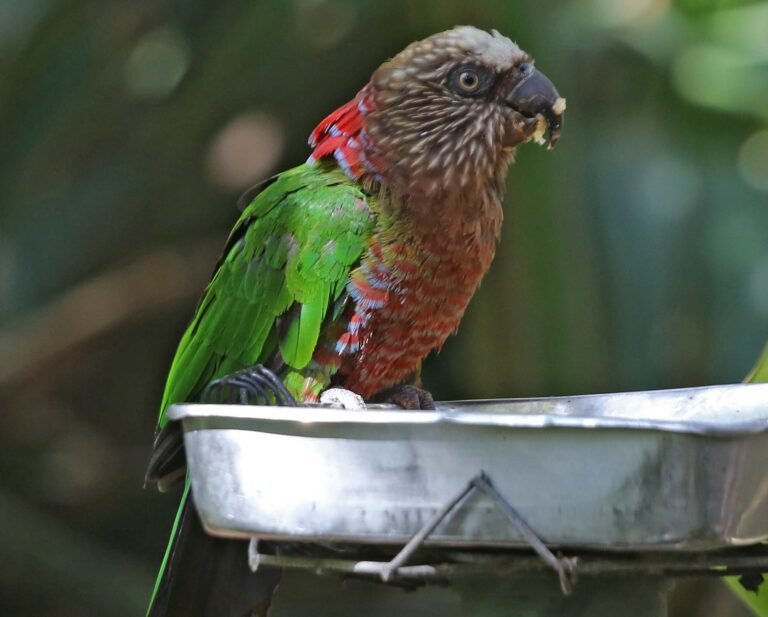In the event of a sick or injured bird, it is important to have some basic knowledge of avian first aid to stabilize the bird’s condition until a veterinarian can be seen. This includes being prepared with a first aid kit, knowing how to safely handle and restrain the bird, and understanding how to respond to common emergencies such as bleeding, broken blood feathers, and skin wounds.
Key Takeaways:
- Avian first aid is crucial for stabilizing sick or injured birds.
- A well-stocked first aid kit is essential for avian emergency preparedness.
- Knowing how to safely restrain a bird can prevent further injury.
- Common emergencies in birds include bleeding, broken blood feathers, and skin wounds.
- Seek immediate veterinary attention for animal bites, heat stroke, and poisoning.
Be Prepared: Essential Steps for Avian Emergency Preparedness
Being prepared is crucial when it comes to avian emergency situations. By taking proactive steps, you can ensure the safety and well-being of your feathered friend. Here are some essential measures to take for avian emergency preparedness:
- Keep Avian Vet Phone Numbers Handy: In case of emergencies, it is important to have the contact information of your avian veterinarian readily accessible. Keep their phone numbers saved in your phone and written down in a prominent location, such as on the refrigerator or near your bird’s cage.
- Assemble or Purchase an Avian First Aid Kit: A well-equipped avian first aid kit is a must-have in any bird owner’s home. It should contain items such as antiseptic solution, band-aids, gauze, and latex gloves. Additionally, include emergency contact information for your avian vet and poison control.
- Learn Restraint Techniques for Birds: Safely restraining your bird is crucial to prevent further injury during emergencies. Take the time to educate yourself on proper restraint techniques, ensuring that you can handle your bird without causing harm.
- Educate Yourself on Basic Emergency Procedures: Whether it’s knowing how to administer CPR or recognizing signs of distress, familiarize yourself with basic emergency procedures for avian birds. This knowledge can prove invaluable in critical situations.
- Have Essential Supplies Ready: It’s important to have essential supplies readily available in case of emergency. Some items to have on hand include a heating pad for maintaining body temperature, a towel for safe handling, and a carrier for transport to the vet.
By taking these essential steps for avian emergency preparedness, you can ensure that you are ready to handle any unexpected situations that may arise. Remember, prompt action and proper care can make a significant difference in the outcome for your beloved bird.
In the Event of an Emergency: Stabilizing Your Sick Bird
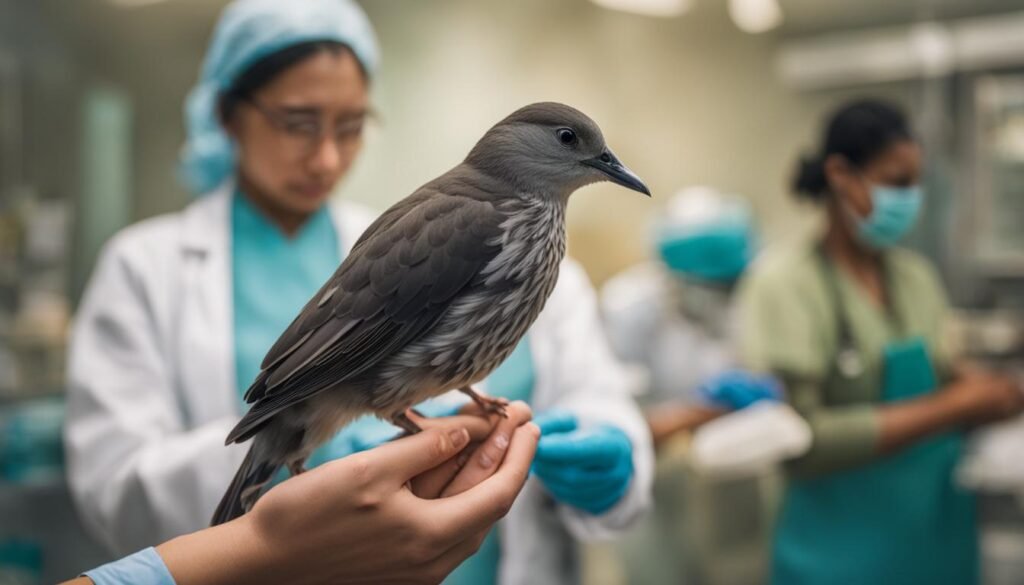
When faced with a sick bird, it is important to keep calm and take immediate action. Stabilizing a sick bird is crucial for their well-being and can provide them with the best chance of recovery. Here are some steps you can take to stabilize a sick bird:
1. Providing Warmth
Keeping a bird warm is essential, especially when they are sick. You can create a warm and comfortable environment by using an incubator or a covered cage with a heating pad set on low. Ensure that the bird has enough space to move away from the heat source if needed. This will help regulate their body temperature and promote healing.
2. Encouraging Eating and Drinking
Offering food and water is crucial to ensure that the sick bird stays nourished and hydrated. Provide them with their regular diet, as long as it is suitable for their condition. If the bird is not eating or drinking voluntarily, you can try offering small amounts of soft fruits, vegetables, or a specially formulated bird rehydration solution. Use a syringe or a dropper if necessary, being careful not to force-feed the bird.
3. Allowing Rest in a Quiet, Dark Room
Giving the sick bird a quiet and peaceful environment is important for their recovery. Find a room in your home where the bird can rest undisturbed. Close the blinds or curtains to create a dark environment, which can help reduce stress and promote relaxation. Minimize any loud noises or sudden movements that might cause additional stress to the bird.
Remember, even though you are taking steps to stabilize your sick bird, it is crucial to seek veterinary care as soon as possible. A veterinarian will be able to provide a thorough evaluation and develop a comprehensive treatment plan based on the bird’s specific needs.
Dealing with Common Emergencies: Bleeding, Broken Blood Feathers, and Skin Wounds
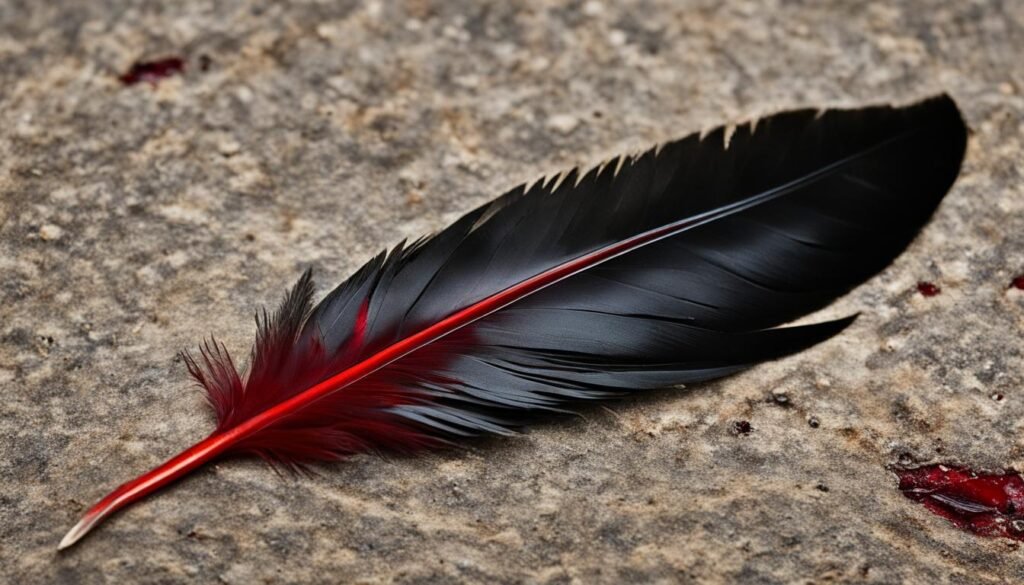
In the unfortunate event of common emergencies like avian bleeding, broken blood feathers, or skin wounds, taking immediate action is crucial for the well-being of your bird. Here’s what you need to know:
1. Avian Bleeding:
When faced with avian bleeding, it’s essential to act quickly to stop the blood flow. Follow these steps:
- Apply direct pressure to the affected area using a clean cloth or gauze.
- Elevate the bleeding area to minimize blood flow.
- Monitor the bleeding closely and continue applying pressure until it stops.
- If bleeding persists or is severe, seek immediate veterinary attention.
2. Broken Blood Feathers:
Broken blood feathers can cause significant bleeding and discomfort. Here’s how to manage them:
- Gently restrain the bird to prevent further injury.
- Using clean hands or tweezers, carefully remove any loose feather fragments.
- Apply gentle pressure to the base of the broken blood feather to stem the bleeding.
Remember, never attempt to pull out the entire broken blood feather. This can cause excessive bleeding and pain. Seek veterinary assistance for further treatment.
3. Treating Skin Wounds:
Skin wounds in birds can lead to infections if not properly treated. Follow these steps to manage and treat skin wounds:
- Wash your hands thoroughly before handling the bird and the wound area.
- Gently clean the wound with an antiseptic solution such as betadine or hydrogen peroxide.
- Apply a suitable wound dressing recommended by your avian veterinarian.
- Keep a close eye on the wound for signs of infection, such as swelling, redness, or discharge.
Seek veterinary attention if the wound shows signs of infection or if you’re unsure about appropriate treatment.
Avian First Aid Essentials
| Item | Use |
|---|---|
| Antiseptic Solution (e.g., Betadine, Hydrogen Peroxide) | Cleaning and disinfecting wounds |
| Gauze | Applying pressure to control bleeding |
| Scissors | Cutting gauze and tapes |
| Latex Gloves | Protecting yourself and the bird from potential infection |
By taking immediate action and seeking veterinary assistance when necessary, you can ensure the best care for your bird during common emergencies like bleeding, broken blood feathers, and skin wounds.
Animal Bites and Scratches: Handling and Seeking Immediate Veterinary Attention
If a bird is bitten or scratched by another animal, it is essential to take immediate action to ensure the bird’s well-being and prevent further harm. Here are the necessary steps to handle such incidents:
- Restrain the bird: Gently but firmly restrain the bird to keep it calm and prevent any further injuries or stress. Use a towel or cloth to carefully hold the bird, making sure not to apply excessive pressure.
- Keep the bird warm: As stress from an animal attack can cause the bird’s body temperature to drop, it’s crucial to ensure warmth. Place the bird in a covered cage or container with a soft bedding material. You can also provide a heating pad set to low or a warm water bottle wrapped in a towel to maintain the bird’s body temperature.
- Seek immediate veterinary attention: Animal bites and scratches can introduce harmful bacteria into the bird’s system, leading to potential infections. Even if the wounds appear minor, it is crucial to contact a veterinarian as soon as possible. They will assess the severity of the injuries, prescribe appropriate medication, and provide guidance on wound care.
“In cases of animal bites and scratches in birds, immediate veterinary attention is crucial to prevent bacterial infections and ensure the bird’s overall health and well-being.”
It is essential to remember that certain infections, such as Avian Chlamydiosis or Psittacosis, can be transmitted through animal bites or scratches, posing a risk to both the bird and human handlers. Therefore, it is vital to exercise caution and seek professional medical advice promptly.
The following table provides a summary of the key points to address when handling animal bites and scratches in birds:
| Steps for Handling Animal Bites and Scratches |
|---|
| 1. Gently restrain the bird to prevent further harm. |
| 2. Keep the bird warm in a covered cage or container with soft bedding material, or provide a heating pad set to low or a warm water bottle wrapped in a towel. |
| 3. Seek immediate veterinary attention to prevent bacterial infections. |
By following these guidelines and seeking veterinary help promptly, you can ensure the best possible outcome for your feathered companion when faced with a bite or scratch from another animal.
Heat Stroke and Hypothermia: Urgent Care for Temperature-Related Emergencies
Heat stroke and hypothermia are temperature-related emergencies that require immediate care. Birds are highly sensitive to temperature extremes, and sudden changes in their environment can pose serious risks to their health and well-being. Understanding how to recognize and respond to avian heat stroke and hypothermia is crucial for providing urgent bird care.
Avian Heat Stroke
Avian heat stroke occurs when a bird’s body temperature rises dangerously high. This can happen if a bird is exposed to high temperatures or placed in direct sunlight for extended periods without access to shade or proper ventilation. Signs of heat stroke in birds may include:
- Open-mouthed breathing
- Weakness or lethargy
- Excessive panting
- Loss of balance or coordination
If you suspect that a bird is experiencing heat stroke, it is important to act quickly:
- Move the bird to a cool, shaded area.
- Place the bird’s feet in cold water or mist them with cold water to help lower its body temperature.
- Seek immediate veterinary attention to assess the bird’s condition and provide further treatment.
Hypothermia in Birds
Hypothermia occurs when a bird’s body temperature drops below normal levels. This can happen if a bird is exposed to low temperatures or drafts without adequate warmth or shelter. Signs of hypothermia in birds may include:
- Shivering or trembling
- Weakness or lethargy
- Difficulty breathing
- Cold feet or wings
If you suspect that a bird is experiencing hypothermia, it is important to take immediate action:
- Warm the bird gradually using a heating pad set on low or by holding the bird against your body under your clothes.
- Ensure the bird is in a draft-free environment and provide a warm covering, such as a blanket or towel.
- Seek immediate veterinary attention to assess the bird’s condition and provide further treatment.
Temperature-Related Emergencies: A Comparison
To better understand the differences between heat stroke and hypothermia, let’s take a look at a comparison table:
| Heat Stroke | Hypothermia |
|---|---|
| High body temperature | Low body temperature |
| Exposure to high temperatures | Exposure to low temperatures |
| Open-mouthed breathing | Shivering or trembling |
| Weakness or lethargy | Difficulty breathing |
| Excessive panting | Cold feet or wings |
| Loss of balance or coordination | N/A |
Note: N/A indicates that the specific symptom may not be commonly associated with hypothermia.
Burns and Poisoning: First Aid Steps and Seeking Prompt Medical Attention
In the unfortunate event that your avian friend experiences burns or poisoning, it is crucial to provide immediate first aid and seek prompt medical attention. Knowing the correct steps to take can greatly increase the chances of a positive outcome for your bird.
First Aid for Avian Burns
Avian burns can occur due to contact with hot surfaces, scalding liquids, or exposure to chemicals. If your bird sustains a burn, follow these steps:
- Gently wash the affected area with cold water to cool the burn. Avoid using ice or very cold water as it may cause further tissue damage.
- Refrain from using any creams, ointments, or home remedies on the burn.
- Confine and restrain the bird to prevent further injury and keep it warm. Use a towel or a blanket to provide comfort.
- Seek immediate veterinary attention. Burns can cause severe pain, tissue damage, and complications.
First Aid for Poisoning
Poisoning in birds can occur from ingesting toxic substances or being exposed to harmful chemicals. If you suspect your bird has been poisoned, take the following actions:
- Remove the bird from the source of the poison to prevent further exposure.
- If the poisoning is due to chemical exposure on the feathers or skin, give the bird a gentle bath to remove any residue.
- Contact a veterinarian immediately and provide them with detailed information about the suspected poison, including any packaging or labels if available.
Remember, prompt medical attention is crucial in cases of burns and poisoning in birds. Only a veterinarian can provide the necessary treatment and support to ensure the well-being and recovery of your feathered companion.
A timely response and appropriate medical care are vital in cases of burns and poisoning in birds. Do not delay in seeking professional help to give your avian friend the best chance of recovery.
Avian First Aid Kit Essentials: Equipment for Effective Bird Emergency Response
When it comes to avian emergencies, having a well-stocked first aid kit is absolutely crucial. It not only allows you to provide immediate care to your feathered friend but also ensures that you are prepared to handle any situation that may arise. Here, we will outline the essential items to include in your avian first aid kit, highlighting the importance of being well-equipped and ready to respond effectively.
Importance of Avian First Aid Kit
An avian first aid kit is like a lifeline for your bird. It is a collection of supplies that can be used in case of an emergency, allowing you to administer initial care before seeking professional veterinary help. By having these supplies readily available, you can stabilize your bird’s condition and potentially save its life.
First Aid Kit Supplies for Birds
Here are the must-have items to include in your avian first aid kit:
- Antiseptic solution: To clean wounds and prevent infection.
- Band-aids and gauze: To dress minor wounds or help control bleeding.
- Latex gloves: To keep yourself protected while handling your bird.
- Scissors: For cutting bandages or materials when necessary.
- Contact information for avian vet and poison control: Essential in case of emergencies, to quickly get professional help and guidance.
Remember, the specific items in your kit may vary depending on your bird’s needs and any pre-existing health conditions. It is always a good idea to consult with your avian veterinarian for personalized recommendations.
Bird Emergency Response
In addition to having a well-stocked first aid kit, it is essential to know how to respond in an avian emergency. Familiarize yourself with basic avian first aid techniques, such as wound management, feather repair, and administering CPR, if necessary. Being educated and prepared will empower you to provide the best possible care for your bird.
Keep your avian first aid kit in a convenient and easily accessible location, ensuring that all family members are aware of its whereabouts. Regularly check the kit’s contents and replace any expired or used items. Additionally, consider keeping an extra kit in your travel carrier, as emergencies can happen anywhere.
By investing in an avian first aid kit and being prepared for emergencies, you can give your feathered companion the best chance of recovering from an injury or illness. Remember, timely and appropriate care is key in avian emergency situations.
In the next section, we will discuss the importance of quick action and how to stabilize a sick bird in an emergency situation.
Conclusion: The Importance of Avian First Aid and Emergency Preparedness
Avian first aid and emergency preparedness are vital components of ensuring the health and well-being of our feathered friends. Birds, like any other pets, can encounter unexpected injuries or emergencies, and being prepared can make a significant difference in their outcomes.
By understanding and implementing avian first aid techniques, you can provide immediate care and stabilize your bird’s condition until professional veterinary help is available, potentially saving their life. This includes having a well-stocked avian first aid kit and knowing how to handle common injuries such as bleeding, broken blood feathers, and skin wounds.
Prompt medical attention is crucial in emergency situations, so always seek veterinary care as soon as possible. Your avian veterinarian will have the necessary expertise and equipment to diagnose and treat your bird’s specific needs. Regular check-ups and consultations with your avian veterinarian are also important for your bird’s overall health and well-being.
Remember, being prepared for the unexpected and knowing how to respond to avian emergencies can make all the difference. The safety and well-being of our avian companions should always be a priority, and by incorporating avian first aid and emergency preparedness into our care routines, we can provide them the best chance of a healthy and happy life.
FAQ
What should I do if my bird is sick or injured?
In the event of a sick or injured bird, it is important to have some basic knowledge of avian first aid to stabilize the bird’s condition until a veterinarian can be seen. This includes being prepared with a first aid kit, knowing how to safely handle and restrain the bird, and understanding how to respond to common emergencies such as bleeding, broken blood feathers, and skin wounds.
How can I be prepared for an avian emergency?
Being prepared is essential in an avian emergency. This includes having the phone numbers of your avian vet easily accessible, assembling or purchasing an avian first aid kit, knowing how to safely restrain your bird to prevent further injury, and educating yourself on basic emergency procedures. It is also important to have a heating pad, towel, and carrier on hand for safe transportation to the vet.
What should I do to stabilize a sick bird?
When faced with a sick bird, it is important to keep calm and take immediate action. Stabilizing a sick bird includes providing warmth using an incubator or a covered cage with a heating pad, encouraging the bird to eat and drink, and allowing them to rest in a quiet, dark room.
What should I do in the event of common emergencies like bleeding or broken blood feathers?
In the event of common emergencies such as bleeding, broken blood feathers, and skin wounds, immediate action is necessary. This includes applying pressure to stop bleeding, using styptic powder or cornstarch for broken blood feathers, and cleaning and treating skin wounds with antiseptics like betadine or hydrogen peroxide. It is important to monitor the bird closely and seek veterinary attention if bleeding persists or if infection occurs.
What should I do if my bird is bitten or scratched by another animal?
If a bird is bitten or scratched by another animal, it is important to restrain the bird to keep it calm and warm. Immediate veterinary attention is necessary as such injuries can lead to bacterial infections, which can be fatal if left untreated.
How should I provide care for a bird experiencing heat stroke or hypothermia?
Heat stroke and hypothermia are temperature-related emergencies that require immediate care. For heat stroke, the bird’s feet should be placed in cold water or misted with cold water, and veterinary attention should be sought. For hypothermia, the bird should be warmed using a heating pad or held inside your clothes, and immediate veterinary attention should be sought.
What should I do if my bird gets burned or poisoned?
In the event of burns, affected areas should be washed with cold water, the bird should be restrained and kept warm, and immediate veterinary attention should be sought. In cases of poisoning, it is important to remove the bird from the source of the poison, give a bath if it’s a chemical exposure, and contact a vet immediately with details of the ingested chemical.
What should I include in an avian first aid kit?
Having a well-stocked avian first aid kit is crucial for effective bird emergency response. The kit should include items such as antiseptic solution, band-aids, contact information for avian vet and poison control, gauze, latex gloves, and scissors. It is important to keep all the equipment in one convenient place for easy access.
Why is avian first aid and emergency preparedness important?
Avian first aid and emergency preparedness are critical for the well-being of pet birds. Being prepared can save a bird’s life in an emergency, and knowing how to respond to common injuries and emergencies can provide immediate care and stabilize the bird until veterinary help is available. Remember to always seek prompt medical attention for your avian friend and consult your avian veterinarian for any specific concerns or questions.


